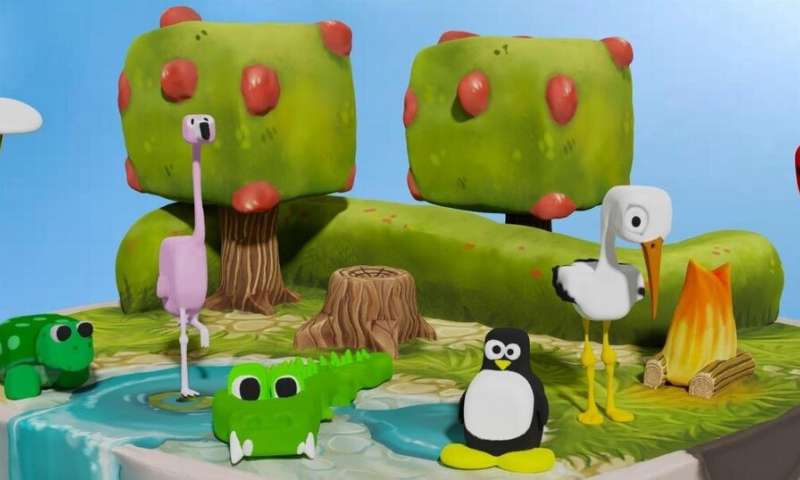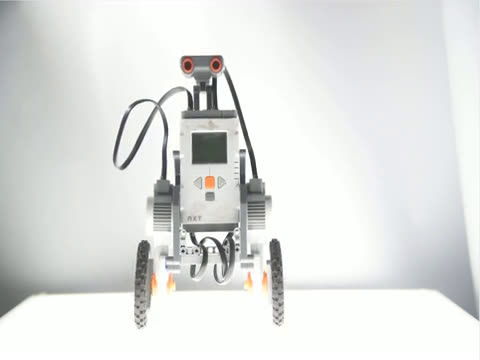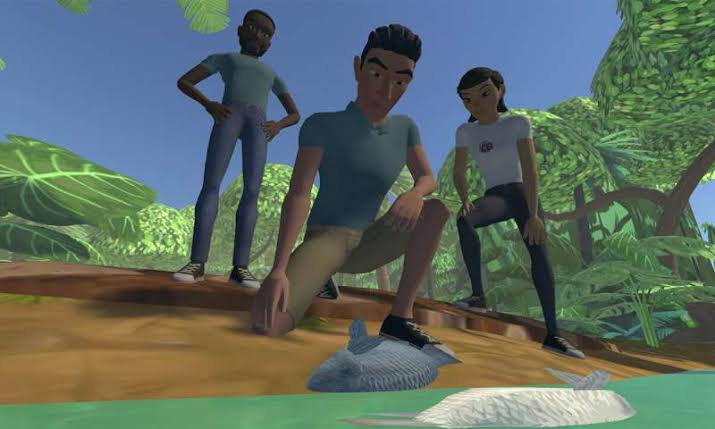One of the fast-growing areas in virtual reality/augmented reality is 3D shape stylization, enabling clients to consequently repeat detailed 3D shapes in the digital world. Duplicating cube-style shapes, for one, is a challenge because of its abstract properties, however growing such a system, that catches sensible cubic style of objects would contribute vastly to the developing field of 3D shape stylization, making it simpler and quicker to recreate this particular shape and artistic style in the virtual world.
Computer researchers from the University of Toronto have built up a computational technique to measure an abstract cubic style. Moreover, their technique additionally empowers clients to make new shapes that look like the input shape and display the cubic style. The scientists, Hsueh-Ti Derek Liu and Alec Jacobson of the University of Toronto, are set to display their work at ACM SIGGRAPH Asia, held Nov. 17 to 20 in Brisbane, Australia.
“Cubic stylization teaches a computer ‘how cubic a 3D shape is’, and with this knowledge in hand, the computer is able to manipulate the appearance of a 3D object to increase the ‘cubeness’ of the shape,” explains Liu, senior co-author of the work and PhD student in the Dynamic Graphics Project lab at University of Toronto. “Our tool would make it easier for modelers to accurately recreate any input shape into a cubic style.”
In fields, for example, visual effects and gaming, prepared modelers are as yet required to fastidiously make non-realistic geometric resources, time-consuming and inefficient procedure and the scarcity of tools to mitigate this challenge perseveres to date.
In this work, Liu and Jacobson show a 3D stylization algorithm that overcomes this key challenge: transforming an input shape into the style of a cube while keeping up the content – textures and complex geometric highlights – of that original shape. Their computational strategy formulates this task as an energy improvement that naturally saves geometric details while ‘cubifying’ a shape. The technique likewise empowers clients to control the amount of ‘cube-ness’ they want to apply to the original input shape. The analysts show different examples of their technique to reproduce shapes of various creatures, trees, and statues, with high precision, displaying how their strategy can turn a non-cubic shape or object, for example, a cow for instance, into the same cow in appearance however in a cube-like shape.
3D shape stylization overall is, in fact, a rising field, and cubic stylization is one of the early works in this area of computer graphics and interactive design. In future work, the analysts intend to grow their technique into catching distinctive 3D styles, for example, the Abstract Expressionism and the Cubist sculpting styles. They imagine their technique could be extended to making animation films, empowering artists to pick and choose a particular 3D stylization tool to produce their ideal scenes. The technique could likewise be applied not far off to architecture or furniture design.
Disclaimer: The views, suggestions, and opinions expressed here are the sole responsibility of the experts. No News Feed Central journalist was involved in the writing and production of this article.



